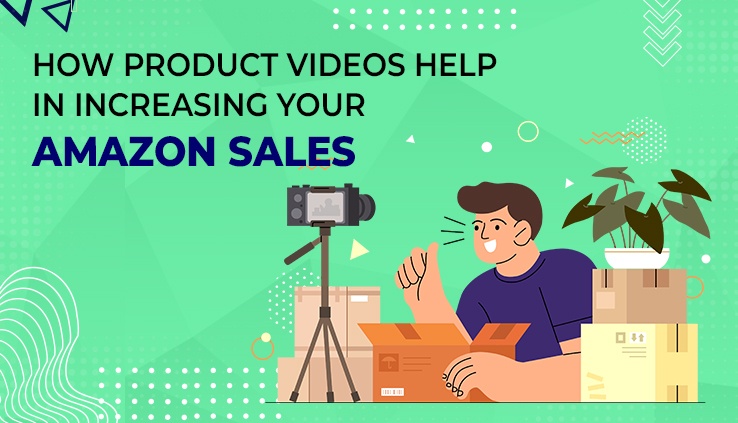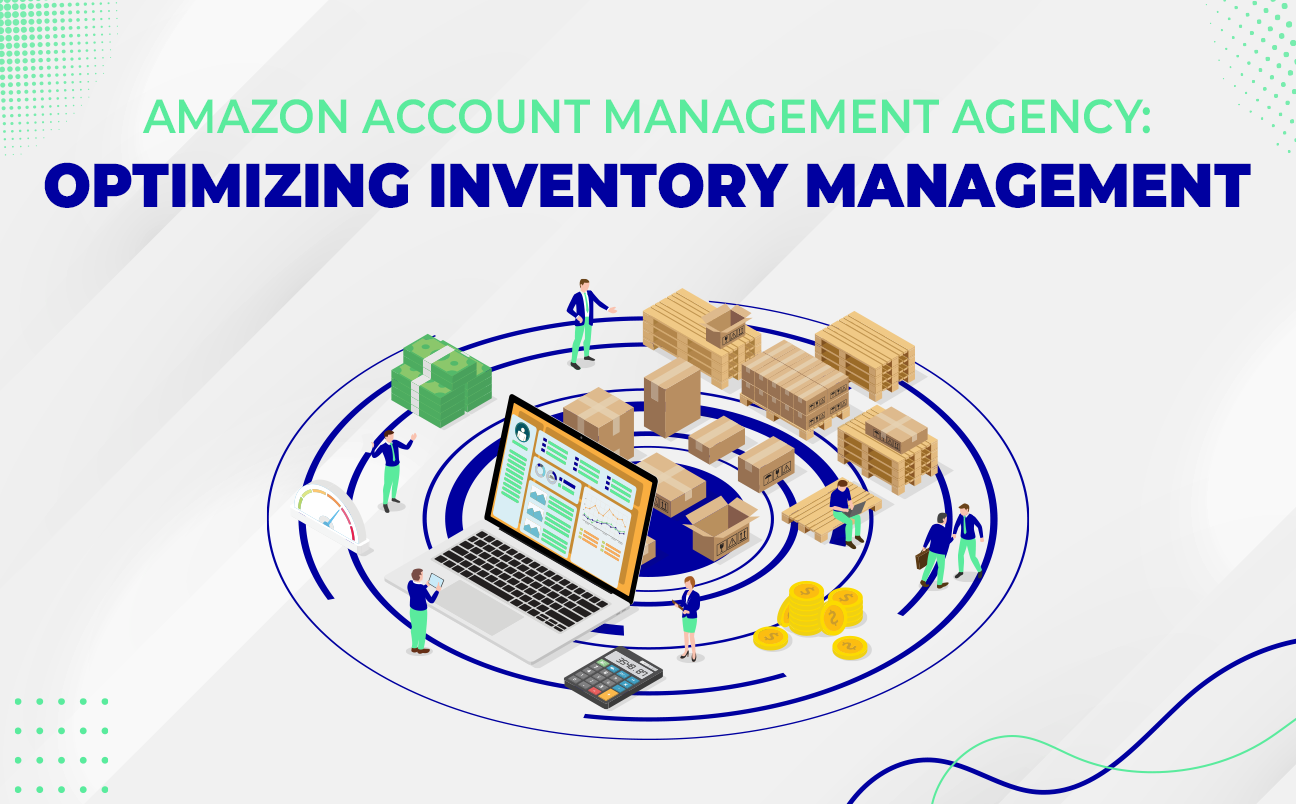As consumers enjoy the convenience of online shopping, they still cannot see, touch, or even try a product before buying it. So, the sellers are responsible for providing them with solid product listings. Each product should have details that would make it a smart buying choice, which includes an informative title, bullet points, and a product description.
These days, with the advancement and keeping up with the trend, you can also use Amazon product videos, which are popular among the customers and give them a better insight into the product and how it would look in absolute/motion. In this article, we will see how product videos can help increase your Amazon sales and hang in there; you will get some excellent tips to achieve the same.
In the past, only Amazon Brand Registry sellers could use videos in their listings, but with the change in the Amazon rules, it is now available for all the sellers who have been on the platform for at least three months to add videos to their listings.
By adding videos to your product descriptions, you will arouse the curiosity of the potential customers, which will directly impact your sales. A survey by Amazon says that around 73% of US adults are more inclined toward a product after they watch a video about it. And many sellers have seen their revenue increase significantly after adding videos to their listings.
Creating a product video may seem intimidating if you are not a pro at making videos. This is where you can take the help of Amazon Product listing services from a reputed and up-to-date agency that is well-versed with the latest trends and knows how to keep you in the game. The good news is that you don’t have to have a high-budget production to do so. A good video can be simple and cost-effective. You just need a creative team that you can rely on to make the video for you that follows all the rules laid by Amazon.
The following are the rules that you need to follow:-
1. Make Videos that Describe and demonstrate Your Products
The videos should be informative and not a commercial for your brand. It should provide accurate and truthful information about the product. It would be best if you only claimed for which you have a backup. Also, avoid any sort of violation of other people’s intellectual property and their rights. Only use music and images that you have permission for. Also, avoid wearing apparel and accessories from other companies with logos.
2. Follow the Guidelines Provided by Amazon Videos
- Amazon suggests you to make your videos look professional and meet their standards by:
- Aim for high quality, preferably 1080p.
- Use .mov or .mp4 as the file type.
- Keep the video title short, around 50-60 characters.
- Amazon reviews videos and will approve your videos promptly if you meet these suggestions.
3. Customize your Videos According to Different Customer Needs
The shoppers visit your product listings, which cater to their different needs. Consider the information they need and make videos to address their needs.
It can involve:
- Product showcases: Displaying your products in action, highlighting the product’s key features.
- How-to guides or pilot: Make videos that follow a step-by-step guide to assemble, install, and use the product.
- Show various uses: Create videos that demonstrate how to use your product. For example, if you sell storage organizers, you can illustrate their various uses in a closet, office, and pantry to help shoppers understand the product’s versatility.
These videos offer value to the customers and enhance the product’s competitiveness in the market.
4. The Videos Should Address the Concerns of the Customers
If you have no idea what to cover in your product videos, you should pay attention to what your customers say. Check for the questions they have asked and their feedback, including the product reviews. Pay close heed to the features, uses, and frequently arising problems.
Additionally, think about why the customer would want to return the products. Such insights would be valuable for creating videos addressing the above mentioned concerns and questions.
5. Make the Video Precise and Brief
Just like people scroll through TikTok and Instagram reels, they also prefer Amazon videos to be short. You are responsible for checking those eight seconds, as the typical attention span time is the same.
Shoppers prefer videos that provide helpful information and the ones that are easy to understand. Try keeping the length of your videos to two minutes or less. Focus on the key details and get to the point straight.
6. Choose the Right or Apt Thumbnail
The preview image or the thumbnail is the first thing people see before they watch your video. So, if you don’t select your thumbnail image, Amazon will do it automatically. To attract more viewers, you should upload a clear, high-quality image that is relevant and catches their attention. This way, they can clearly understand what the video is all about.
7. Make a Catchy Title
You only have a limited character bracket to let the potential buyers know what your video is about and why they should invest their time in watching it. You must make the most of this word count and prove your worth. Create a clear title that gives a brief idea of what the video is about. Think about using keywords that customers commonly use when searching for your product.
Commence Using Amazon Product Videos Now
We understand that selling on Amazon is highly competitive in the current scenario. And how important it is to put your videos along with the listings can get you an advantage. Now that all the sellers can use this feature, why not partner with an agency with a strong reputation for Amazon marketplace management? If you need help with Amazon Account Management Services, look no further. At HRL, our dedicated team is right here to sail you through the process and get you up in the market, bringing you the creativity and push needed in the market to thrive.
Visit us at for Amazon Account Management or for Amazon SEO Listing Optimization Services and see for yourself how we change the dynamics of your business.

